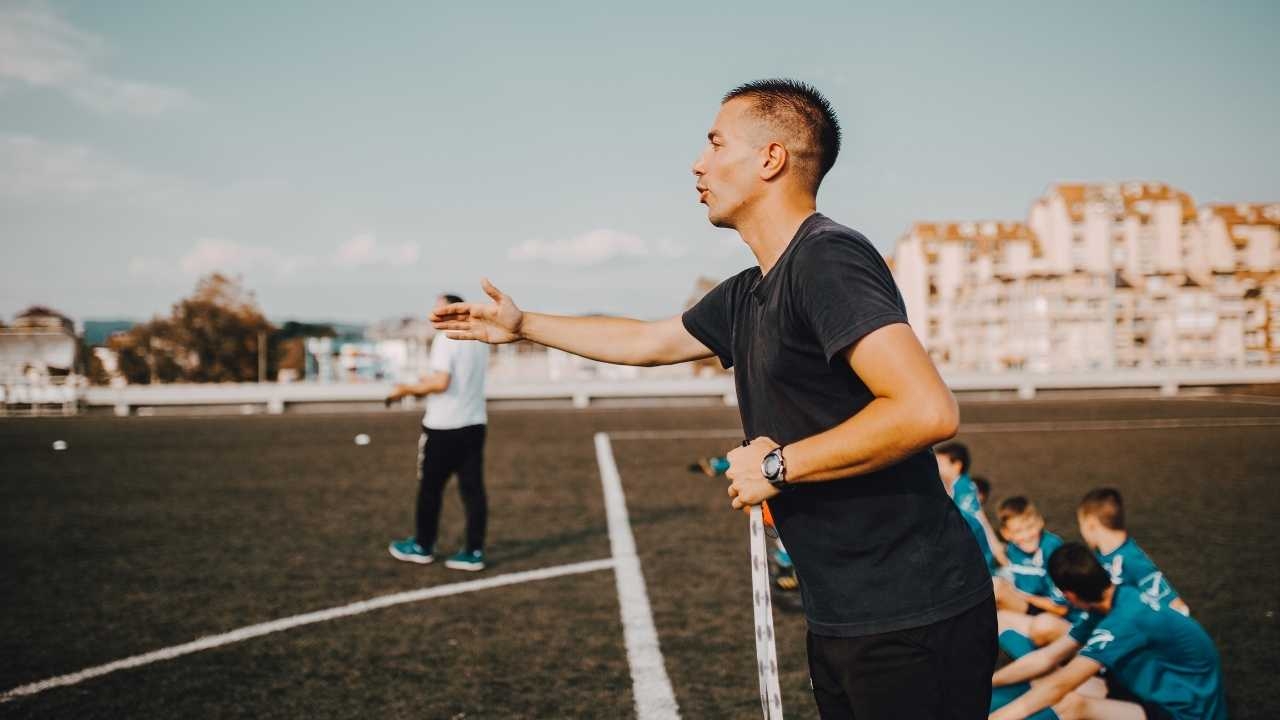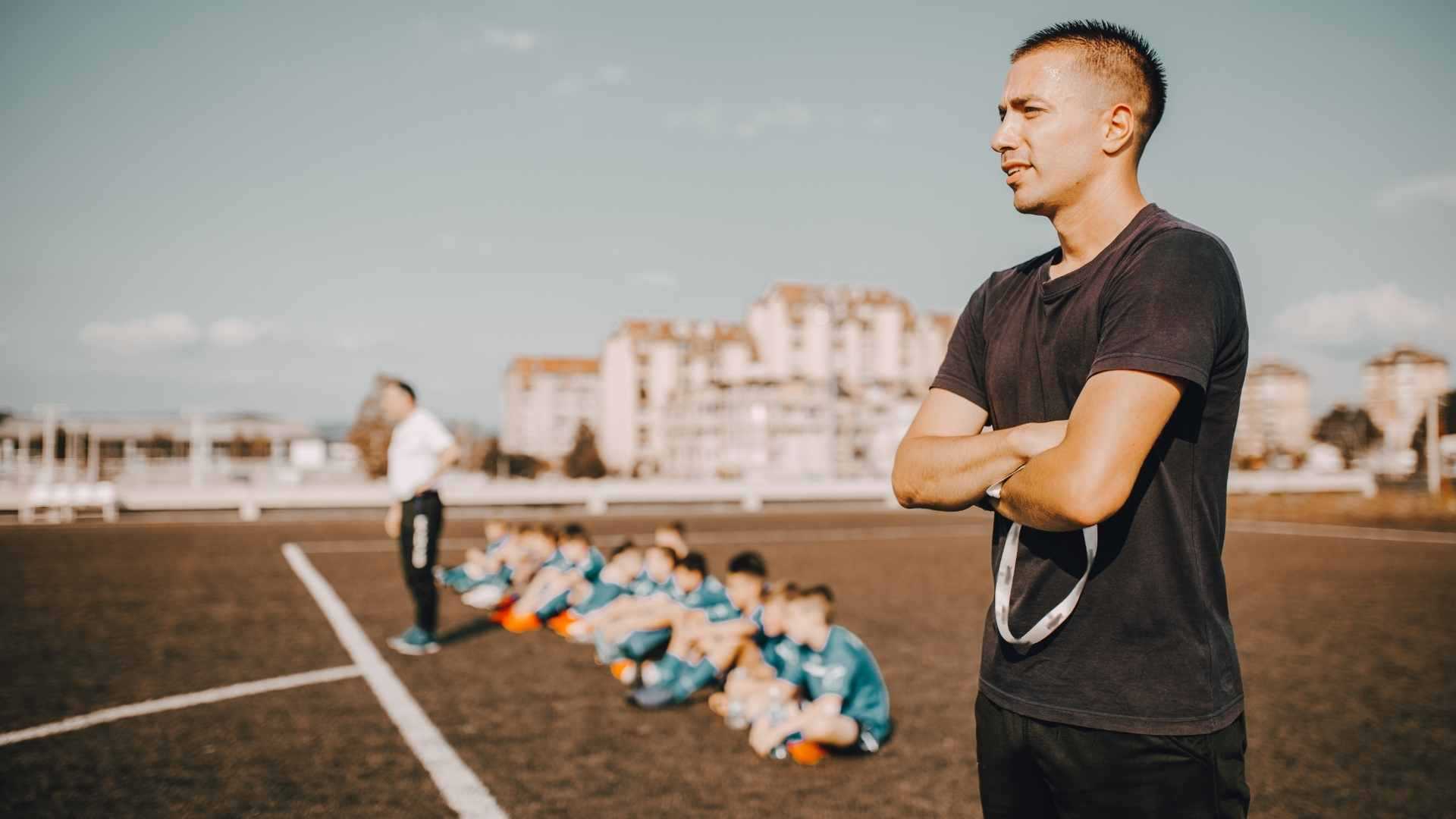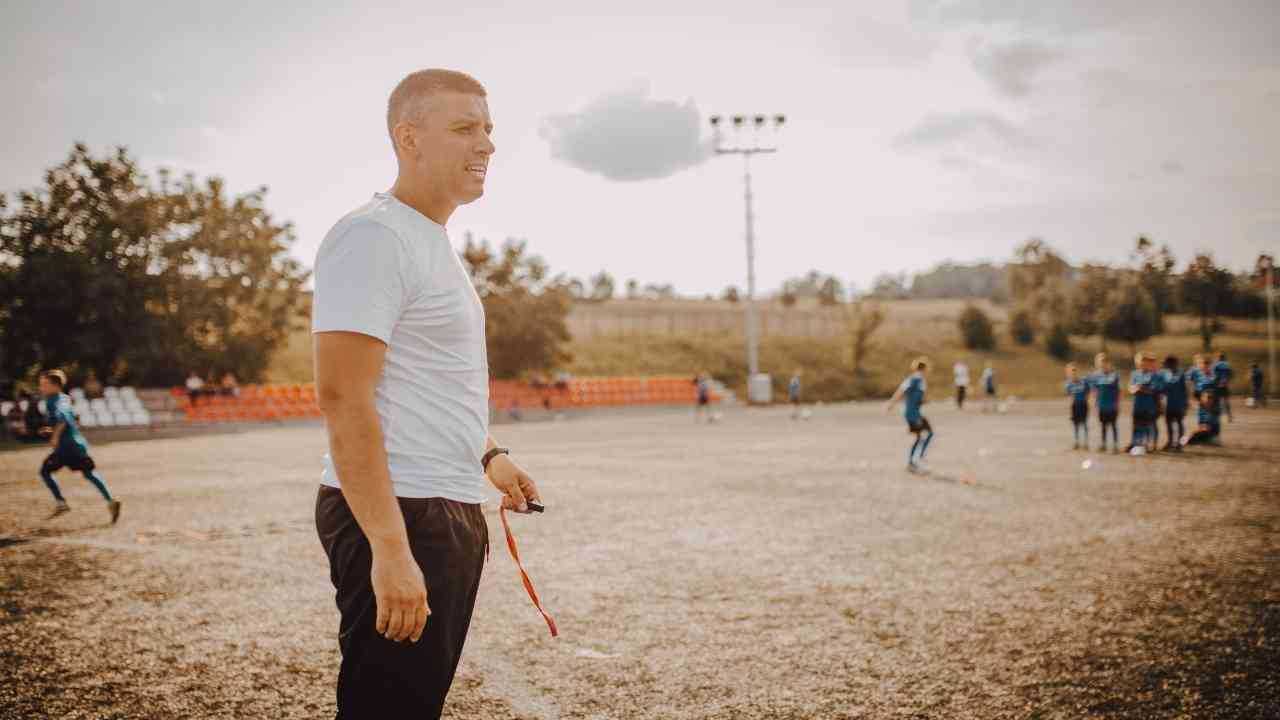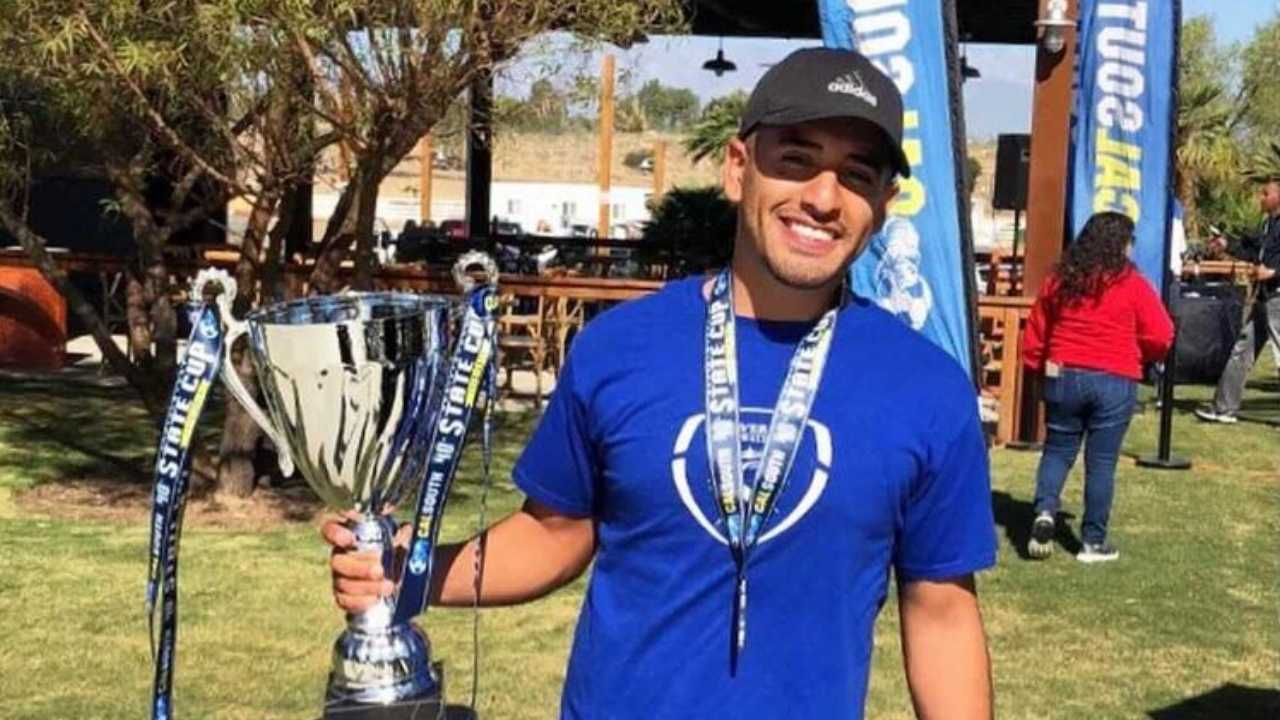What You Need to Know About Play-Practice-Play
Vince Ganzberg, of United Soccer Coaches, explains how the play-practice-play approach to soccer practice benefits kids and coaches alike
Laura Lambert
| 5 min read

Canva
Whether you know it by play-practice-play, whole-part-part, game-play-game or even play-teach-play, the underlying concept for grassroots soccer players is more or less the same: players join a game at the very beginning of practice, then comes an activity or two meant to develop technique, and finally, a scrimmage during which the skills of the day are put to the test in a game situation.
It’s learning by doing — which is a shift away from the traditional learning then doing approach. And youth soccer associations, including US Youth Soccer and US Soccer, are embracing it.
Vince Ganzberg of United Soccer Coaches explains why.
What play-practice-play looks like in action
The play-practice-play methodology is exactly what it sounds like. When kids show up, they immediately join a 2 vs. 2 or 3 vs. 3 small-sided game. After a few minutes, the coach might bring the players in and give them something to think about — say, keeping the ball within a hula hoop’s distance of the body — and the small-sided games continue. Then comes direct technical instruction, in the form of one or two specific activities, which might focus on controlling the ball. And then, finally, a scrimmage during which the coach and players alike focus on the ball control skills they just learned.
It’s about letting kids learn and develop as they play, says Ganzberg — and it’s based on how children actually learn.
Why play-practice-play works for kids
“For younger kids, it really makes a lot of sense,” says Ganzberg. Kids want to play, he says, and they’re enthused to play right away. Joining a game from the get-go helps kids burn off some energy, which will help them later learn. And the act of joining a game helps foster a sense of belonging, too, says Ganzberg.
But what’s most important, perhaps, is how this approach puts play — and game sense — at the forefront.
“The game sense approach is supposed to inherently develop skill,” explains Ganzberg. “The more you play, the more you’re out there, the more you develop.”
Why play-practice-play works for coaches
If you’re a novice coach, it’s a lot to prepare a warm-up, then activity after activity, followed by a scrimmage at the end, says Ganzberg. “What this does is to take the load and burden off planning for the coach.”
Play-practice-play also solves a frustratingly common coaching problem. “Kids don’t show up on time — that’s the truth of rec soccer,” says Ganzberg. It’s much easier for a coach to say, Hey, put on a red bib and join that game right there, rather than stop and explain an activity each time a kid who is late shows up.
“Let them get going,” says Ganzberg, “and then start teaching.”
Coaches observe and assess the kids’ capabilities during the small-sided games, then use those observations to help develop skill. And because of that, play-practice-play does require a certain level of knowledge of the game.
What came before
Play-practice-play sits in contrast to the more traditional progressive practice plan. Practice begins with a warm up, which might include running laps. Then it’s about practicing individual technique — unopposed, with each player manipulating the ball on their own. Only then, during scrimmage, does the coach add the pressure of an opponent. And too often, individual technique falls apart when put in a game-time scenario.
Individual technique does have its place. “If we’re just working on techniques, passing back and forth 10 times with the right foot, that can help with the short term,” says Ganzberg. But introducing randomization and game-play helps in the long term, especially with retention.
Why play-practice-play is not just a fad
Play-practice-play isn’t just play for play’s sake — it’s rooted in science.
As a practice philosophy, play-practice-play grew out of a landmark study from 1982 by Rod Thorpe and David Bunker which established the concept of teaching games for understanding (TGfU).
In TGfU, young players learn the tactics and strategies of the game alongside technique development. It’s not play-play-play, after all. “There are times when you do have to stop and show them, Here’s how you pass,” says Ganzberg.
But, by putting kids in game-like situations as much as possible, a coach is also helping kids develop key decision-making and problem-solving skills that aren’t part of a technique-first approach.
In that way, play-practice-play is more holistic. It may look, feel and sound a bit different from what came before, but, as many grassroots coaches have found, it’s OK to trust the process. “Kids learn by doing,” says Ganzberg. “They learn by finding what works and does not work by experimentation. As a coach, you can refine those things.”





